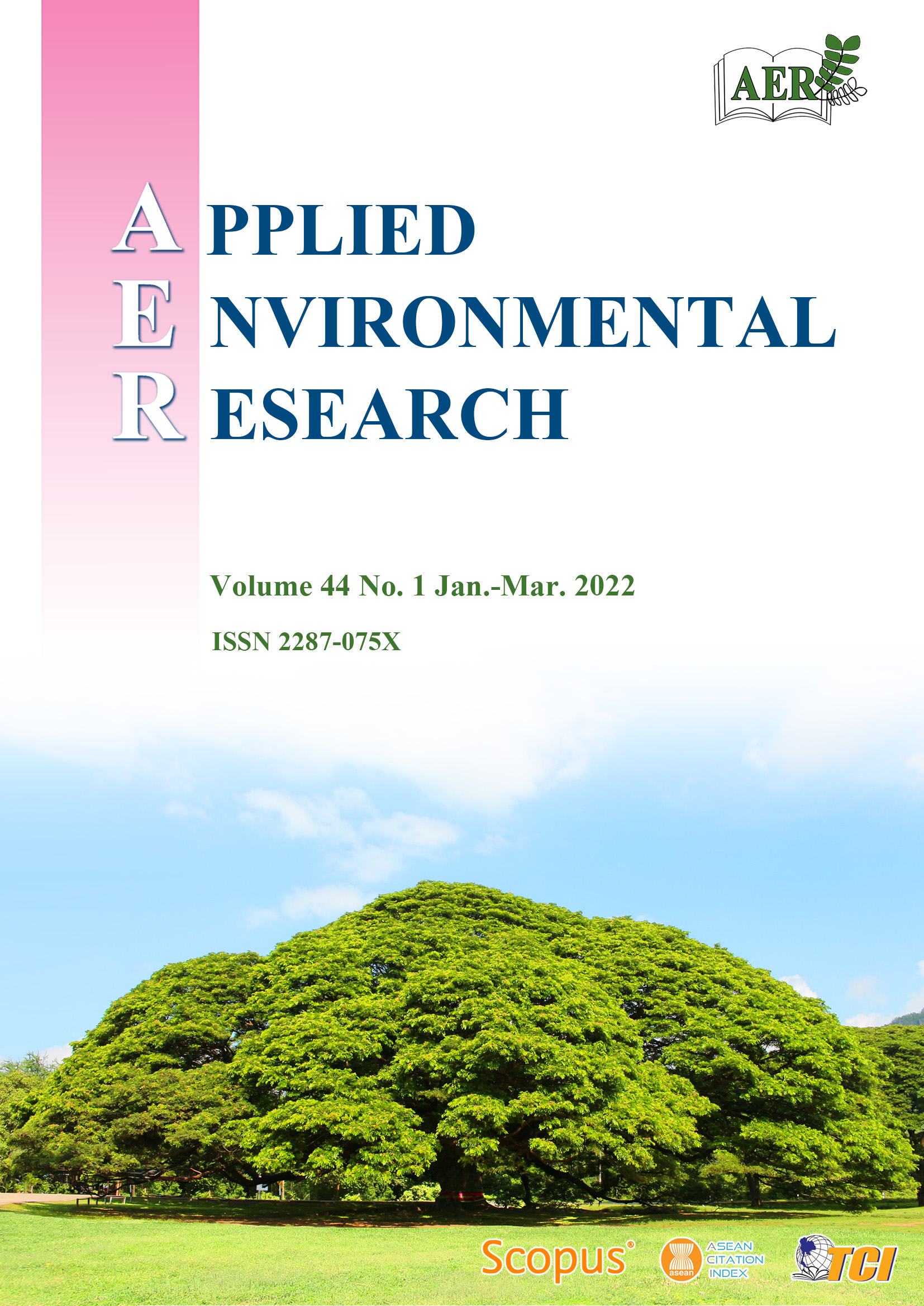RS-GIS Approach on Biomass Energy Potential Estimation of Sugarcane Residues in Medellin, Cebu
Main Article Content
Abstract
The need to use alternative energy sources is driven by the continued rise in fossil fuel price, increasing population and energy demand most particularly in a developing country like the Philippines. Biomass resources such as sugarcane residues provide alternative means to utilize its untapped potential for renewable energy. The use of remote sensing technology and geo-graphic information system enables detailed assessment on the quantification of its distribution, abundance and quality that will yield an effective and efficient use of its potential. Available energy potential measurement was conducted in the town of Medellin, part of Bogo-Medellin mill district, in the northern region of Cebu province. The calculation was assessed using the remote sensing technology of Light Detection and Ranging (LiDAR) data. This baseline valuation serves as primary input to obtain detailed resource information on specific cultivation land areas for sugarcane with the aid of GIS-based calculations. The calculation considered crop yield, residue-to-product ratio, cultivation area, moisture content and heating value of the crop for a detailed resource assessment. The results revealed the georeferenced location of specific sugarcane residue energy potential in the town of Medellin. The RS-GIS approach in biomass energy potential estimation provides a cost effective way to obtain the overview of spatial variation in agricultural bioresource of the locality.
Article Details

This work is licensed under a Creative Commons Attribution-NonCommercial 4.0 International License.
Published articles are under the copyright of the Applied Environmental Research effective when the article is accepted for publication thus granting Applied Environmental Research all rights for the work so that both parties may be protected from the consequences of unauthorized use. Partially or totally publication of an article elsewhere is possible only after the consent from the editors.

